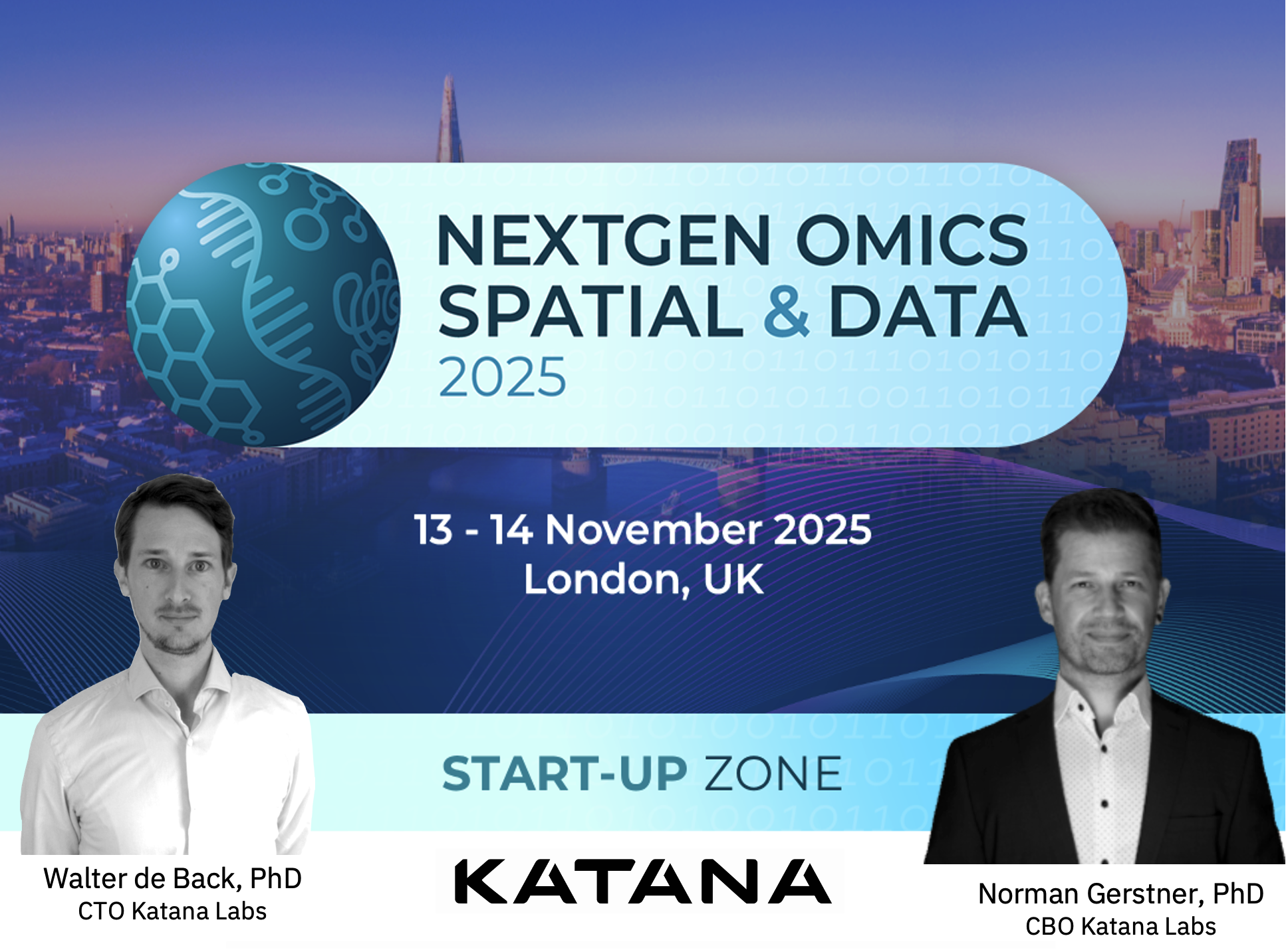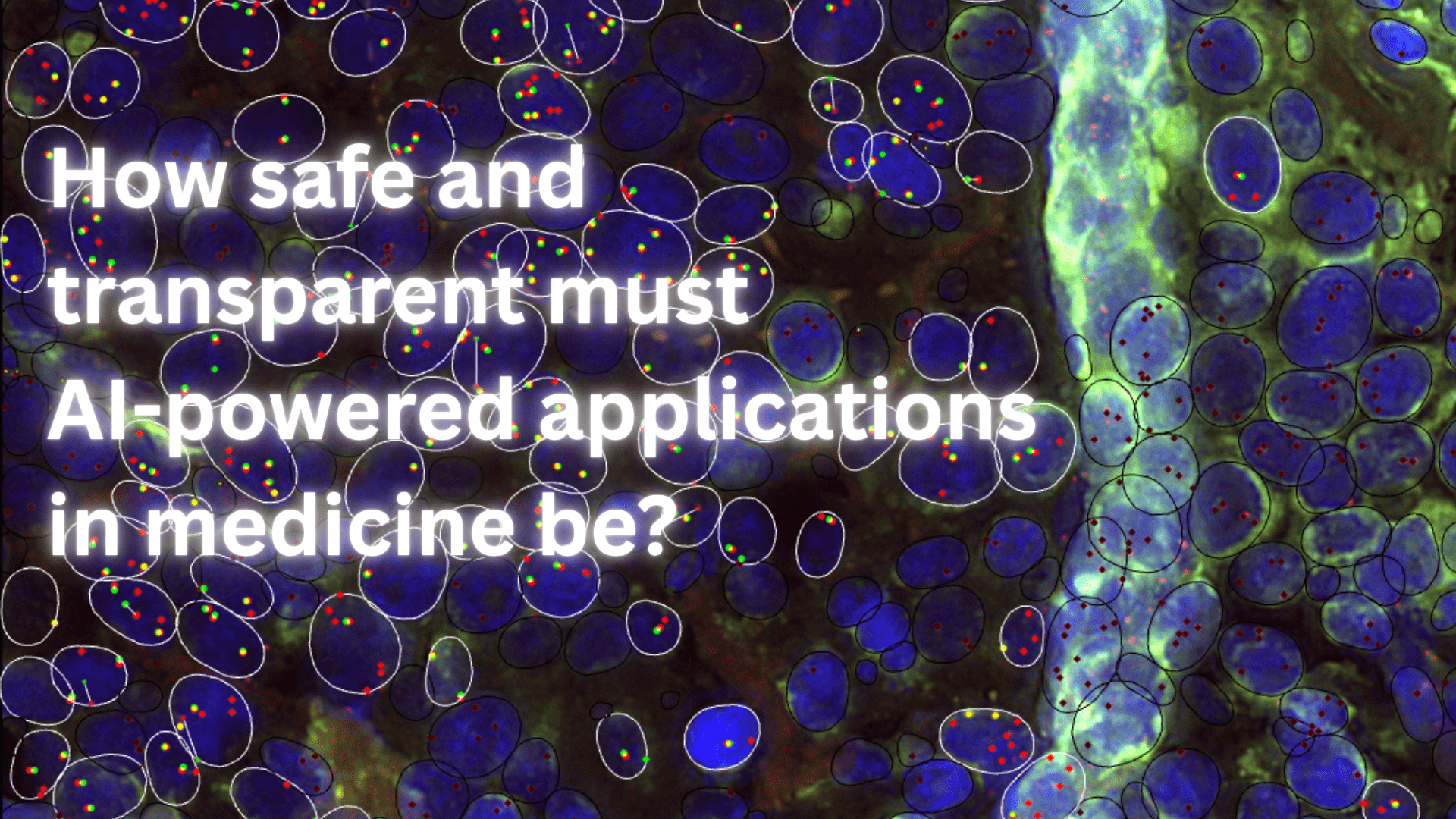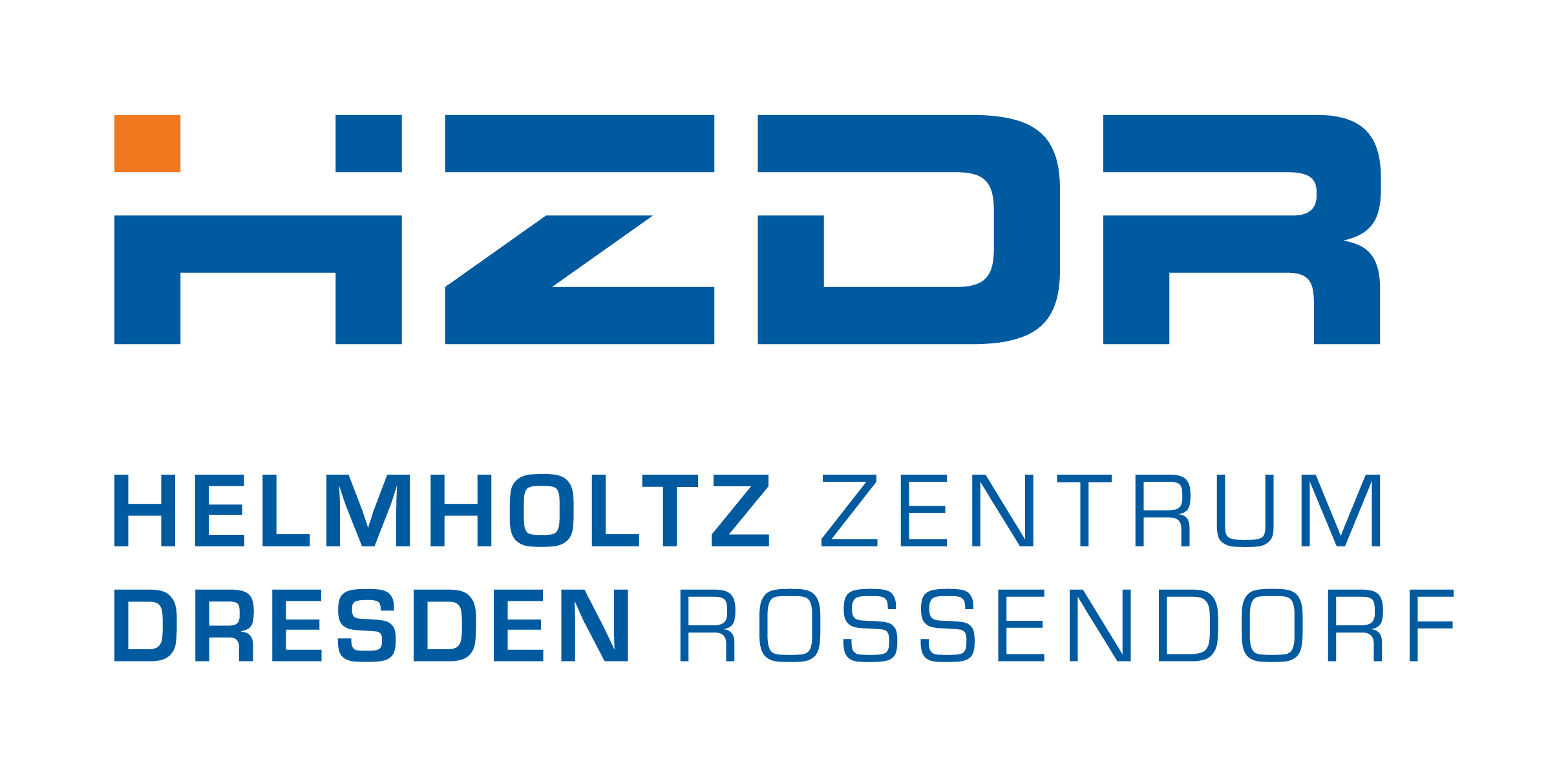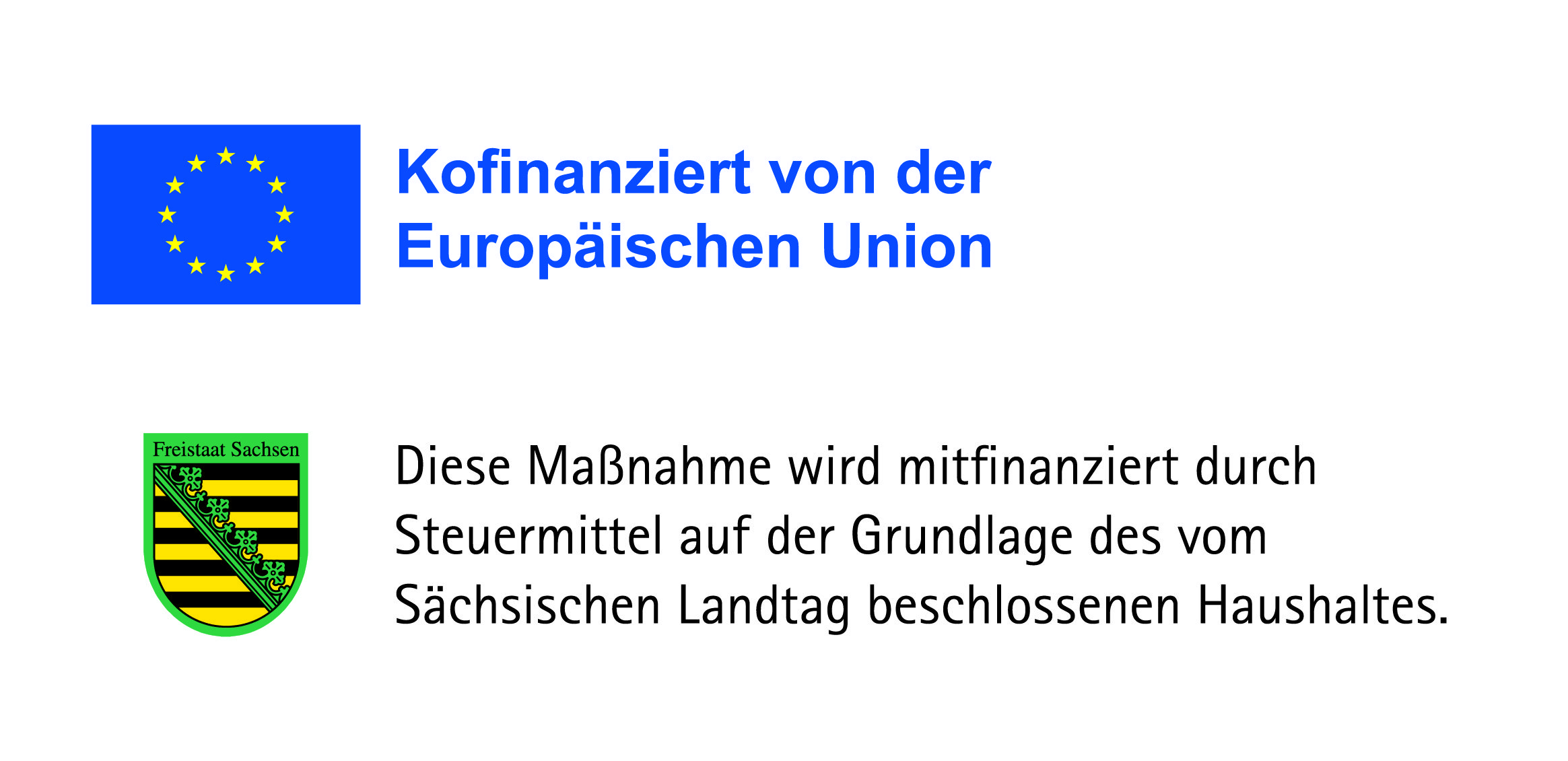𝐓𝐨 𝐞𝐧𝐚𝐛𝐥𝐞 𝐛𝐫𝐨𝐚𝐝 𝐚𝐝𝐨𝐩𝐭𝐢𝐨𝐧 𝐨𝐟 𝐬𝐩𝐚𝐭𝐢𝐚𝐥 𝐛𝐢𝐨𝐥𝐨𝐠𝐲, 𝐟𝐥𝐞𝐱𝐢𝐛𝐥𝐞 𝐞𝐧𝐝-𝐭𝐨-𝐞𝐧𝐝 𝐰𝐨𝐫𝐤𝐟𝐥𝐨𝐰𝐬 𝐚𝐫𝐞 𝐧𝐞𝐞𝐝𝐞𝐝
In today’s spatial multi-omics landscape, data is generated by various detection technologies, instruments, and panels for spatial proteomics and spatial transcriptomics. Each device comes with its own data formats and requirements. However, researchers and clinical scientists who seek biological insights from spatial biology data shouldn’t have to battle file formats. Instead, generating actionable insights and achieving project goals should be the main focus.
That’s why we at Katana Labs built 𝐊𝐚𝐭𝐚𝐧𝐚 𝐄𝐝𝐠𝐞 as 𝘵𝘳𝘶𝘭𝘺 vendor-agnostic cloud-native spatial biology platform.
𝐖𝐢𝐭𝐡 𝐊𝐚𝐭𝐚𝐧𝐚 𝐄𝐝𝐠𝐞, 𝐲𝐨𝐮 𝐜𝐚𝐧 𝐮𝐩𝐥𝐨𝐚𝐝, 𝐯𝐢𝐬𝐮𝐚𝐥𝐢𝐳𝐞 𝐚𝐧𝐝 𝐚𝐧𝐚𝐥𝐲𝐳𝐞 𝐰𝐡𝐨𝐥𝐞-𝐬𝐥𝐢𝐝𝐞 𝐢𝐦𝐚𝐠𝐞𝐬 𝐟𝐫𝐨𝐦 𝐚𝐥𝐥 𝐦𝐚𝐣𝐨𝐫 𝐬𝐩𝐚𝐭𝐢𝐚𝐥 𝐛𝐢𝐨𝐥𝐨𝐠𝐲 𝐩𝐥𝐚𝐭𝐟𝐨𝐫𝐦𝐬 — 𝐞𝐟𝐟𝐨𝐫𝐭𝐥𝐞𝐬𝐬𝐥𝐲 𝐚𝐧𝐝 𝐢𝐧 𝐨𝐧𝐞 𝐮𝐧𝐢𝐟𝐢𝐞𝐝 𝐞𝐧𝐯𝐢𝐫𝐨𝐧𝐦𝐞𝐧𝐭.
Supported technologies include:
Akoya Biosciences, Inc. | Bruker Spatial Biology | Standard BioTools | NanoString Technologies, Inc. | Miltenyi Biotec | Lunaphore (a Bio-Techne brand) | RareCyte, Inc. | Lumito AB | Vizgen | 10x Genomics … and more to follow.
And once your data is in Katana Edge, every analysis performed with 𝐊𝐚𝐭𝐚𝐧𝐚 𝐄𝐝𝐠𝐞 𝐩𝐫𝐨𝐝𝐮𝐜𝐞𝐬 𝐨𝐩𝐞𝐧, 𝐬𝐭𝐚𝐧𝐝𝐚𝐫𝐝𝐢𝐳𝐞𝐝 𝐟𝐨𝐫𝐦𝐚𝐭𝐬:
✔️ 𝐂𝐞𝐥𝐥 𝐅𝐞𝐚𝐭𝐮𝐫𝐞𝐬: 📁 Parquet, 📁 CSV, 📁 Excel
✔️ 𝐂𝐞𝐥𝐥 𝐒𝐞𝐠𝐦𝐞𝐧𝐭𝐚𝐭𝐢𝐨𝐧: 📁 Mask (tif), 📁 GeoJSON
✔️ 𝐀𝐧𝐚𝐥𝐲𝐬𝐢𝐬 𝐅𝐨𝐫𝐦𝐚𝐭𝐬: 📁 AnnData (h5ad), 📁 SpatialData (zarr), Flow Cytometry (fcs)
… ready for downstream tools like QuPath, Scanpy, Squidpy, FlowJo, Giotto, or Seurat.
𝐖𝐡𝐨𝐥𝐞-𝐬𝐥𝐢𝐝𝐞 𝐜𝐞𝐥𝐥 𝐬𝐞𝐠𝐦𝐞𝐧𝐭𝐚𝐭𝐢𝐨𝐧, 𝐬𝐢𝐧𝐠𝐥𝐞-𝐜𝐞𝐥𝐥 𝐟𝐞𝐚𝐭𝐮𝐫𝐞 𝐞𝐱𝐭𝐫𝐚𝐜𝐭𝐢𝐨𝐧, 𝐬𝐩𝐚𝐭𝐢𝐚𝐥 𝐬𝐭𝐚𝐭𝐢𝐬𝐭𝐢𝐜𝐬, 𝐚𝐧𝐝 𝐚𝐮𝐭𝐨𝐦𝐚𝐭𝐢𝐜 𝐜𝐥𝐮𝐬𝐭𝐞𝐫𝐢𝐧𝐠 all exported in common formats your team already knows and can integrate anywhere.
This means:
✔️ Singularity: benefit from one image analysis platform for your spatial omics data
✔️ Flexibility: get results no matter the instrument or downstream analysis tools
✔️ Interoperability: collaborate easily across labs, CROs, biotech & pharma teams
✔️ Reliability: standardize using a seamless, automated process from image to data
Let’s get in touch if you would like to learn more about how Katana Edge can support your image-to-data workflow.
𝘛𝘩𝘦 𝘤𝘰𝘮𝘱𝘢𝘯𝘪𝘦𝘴 𝘯𝘢𝘮𝘦𝘥 𝘪𝘯 𝘵𝘩𝘪𝘴 𝘱𝘰𝘴𝘵 𝘢𝘳𝘦 𝘵𝘳𝘢𝘥𝘦𝘮𝘢𝘳𝘬𝘴 𝘰𝘧 𝘵𝘩𝘦𝘪𝘳 𝘳𝘦𝘴𝘱𝘦𝘤𝘵𝘪𝘷𝘦 𝘰𝘸𝘯𝘦𝘳𝘴. 𝘒𝘢𝘵𝘢𝘯𝘢 𝘓𝘢𝘣𝘴 𝘪𝘴 𝘯𝘰𝘵 𝘢𝘧𝘧𝘪𝘭𝘪𝘢𝘵𝘦𝘥 𝘸𝘪𝘵𝘩, 𝘦𝘯𝘥𝘰𝘳𝘴𝘦𝘥 𝘣𝘺, 𝘰𝘳 𝘴𝘱𝘰𝘯𝘴𝘰𝘳𝘦𝘥 𝘣𝘺 𝘵𝘩𝘦𝘴𝘦 𝘤𝘰𝘮𝘱𝘢𝘯𝘪𝘦𝘴.







